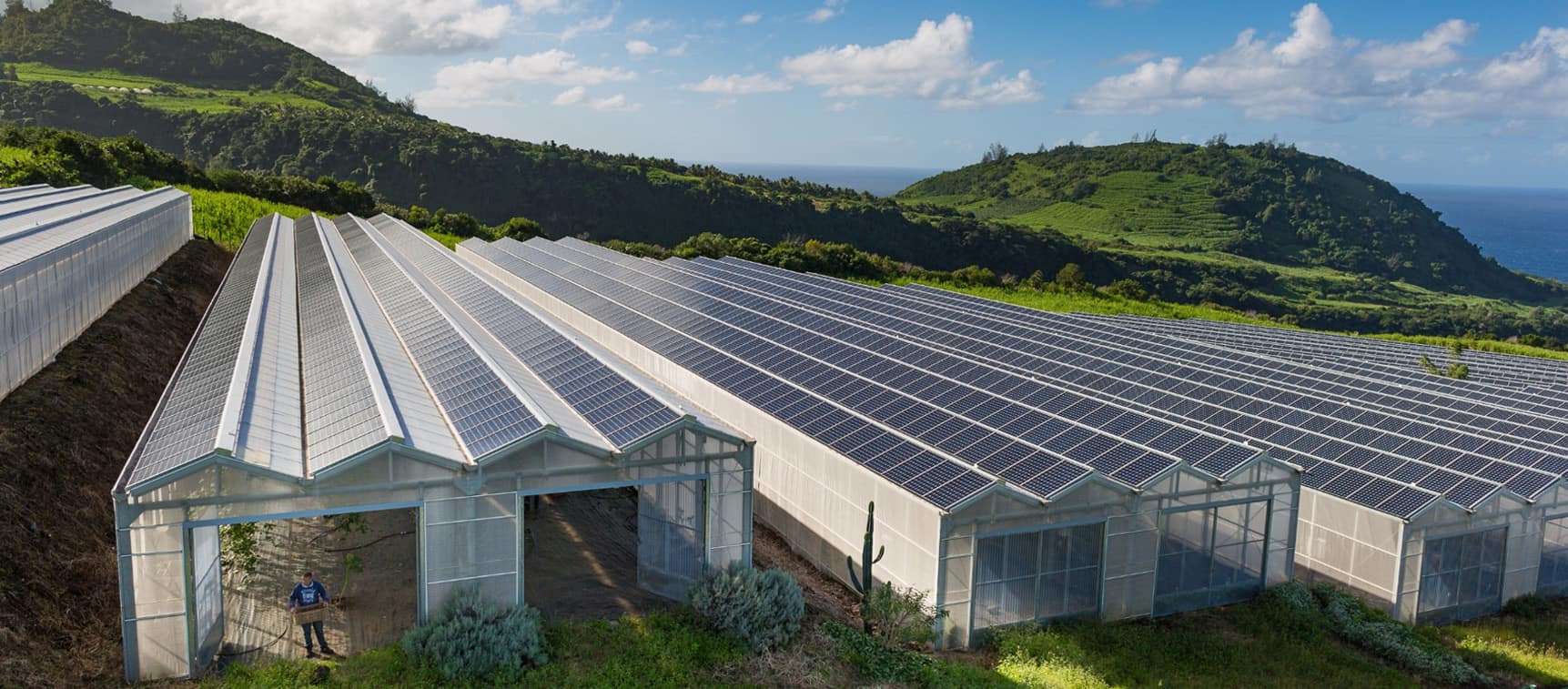Global Household Savings Market Analysis: Germany, Italy, the United States, Japan, Australia, and China lead the way
Dec 06, 2023
In recent years, the global household battery energy storage market has developed rapidly. Its main developments are concentrated in several leading markets including Germany, Italy, Japan, the United States and Australia.
Germany
Germany is the earliest large-scale household battery market. In May 2013, the German government launched a subsidy program administered by KfW that provides subsidies for energy storage systems installed alongside new or existing solar systems under 30kW. This has propelled Germany into the world's largest market for residential solar and batteries, with installation rates remaining stable even as subsidies have been reduced year by year.
In 2022, the installation rate of rooftop solar cells will exceed 75%, one of the highest installation rates in the world.
Subsidies have supported the market's growth for more than a decade, but they have slowly shrunk and are no longer the main driver. Instead, the market is now driven by customers committed to increasing their own on-site solar consumption, as they can save more than €0.30 per kilowatt-hour by purchasing electricity from the grid, while exporting solar power for less than 0.30 euros per kilowatt-hour. 0.05 euros.
Italy
In 2022, Italy will become the second largest market, accounting for more than 20% of the global new market in 2021 and 2022. In 2022, the adoption rate of rooftop solar cells is 77%, up from 11% in 2018. This follows the launch of Italy's extremely generous "Super Bonus" subsidy program in 2020, which covers 110% of all home energy improvement-related costs.
After the program launched in 2020, adoption rates increased dramatically. But after the "super bonus" program was scaled back in early 2023, adoption rates suddenly dropped. Unlike Germany, the Italian government quickly withdrew this support program, and the market was unable to sustain growth without the program.
BNEF expects adoption rates to remain moderate. The 50% state tax rebate scheme remains in place, which had already given a boost to a number of projects across Italy before the "super bonus" scheme was introduced. Consumers also receive regional subsidies. For example, in Lombardy, solar-battery products enjoy a 50% tax rebate starting from 2016.
China
China's household battery market has struggled to take off due to China's relatively low electricity rates and limited concerns about energy supply resilience (low blackout rates).
In the first half of 2023, the average electricity price for Chinese households was less than 0.530 yuan ($0.076)/kWh, which is approximately equivalent to 50% of the average U.S. household electricity price and 15% of the German household electricity price. Due to cross-subsidies from industrial and commercial end-users, household electricity prices in China are artificially low. Low electricity prices make consumer energy storage projects economically unattractive.
For China's electricity users, the losses caused by grid outages are also less worrying, which also reduces the emphasis on energy storage. Without further incentives, China's household energy storage market is expected to remain small by 2030.